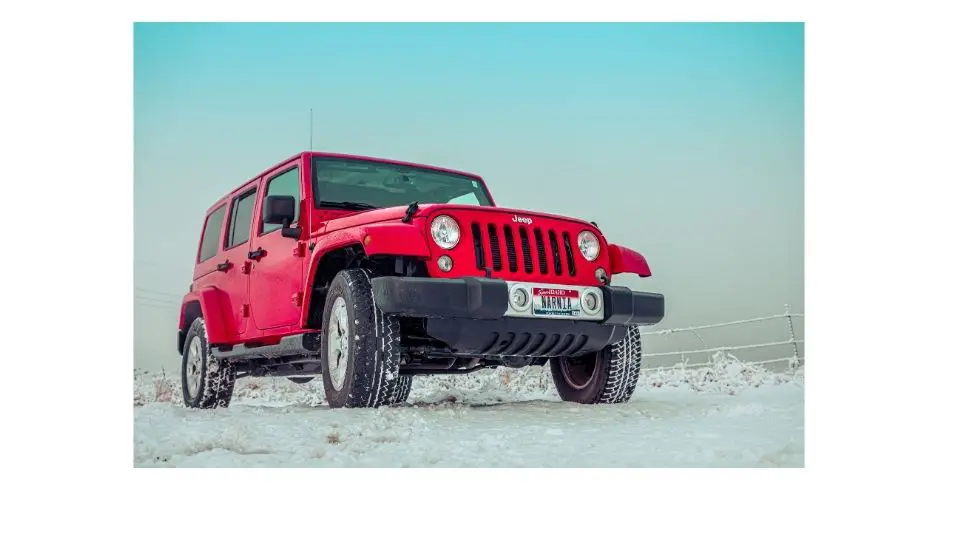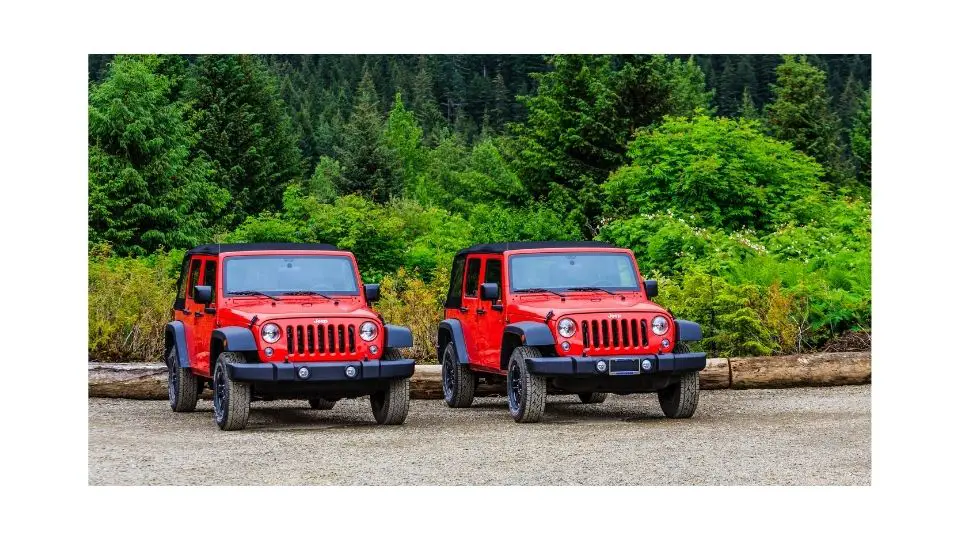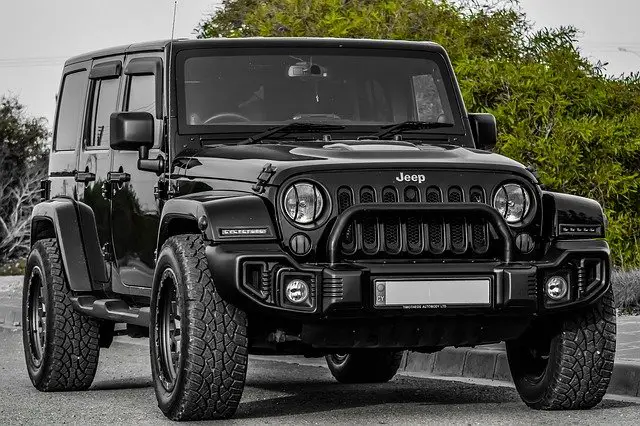SUVs and pickup trucks are the latest trends in the automotive industry and companies are increasingly offering new features in their SUVs to compete with the growing competition.
According to a reliable database company Statista, there were approximately 200 million SUVs in operation around the world in 2019 and the number is growing.
It seems that this trend will continue for quite some time and the auto companies are adjusting to this newfound craze.
However, there are a few brands that have a legacy of creating iconic SUVs. Jeep is one such brand, the company initially started its operation by making military off-road vehicles in WW2, then switched to manufacturing mainstream SUVs & pickup trucks for civilians.
Their vehicles quickly gained a reputation for being one of the coolest and rugged SUVs in the market. The Jeep Wrangler is one such vehicle, introduced in 1986, and has now become a cash cow for the company.
There is no doubt that the Wrangler is perhaps a cool-looking SUV that has maintained its original heritage over time. However, Jeep has a troublesome reliability track record and it has worsened ever since the brand has been acquired by Fiat.
There are several problems reported by the users, and the third-generation Wrangler is considered the least dependable of all the generations. Consumers have reported several complaints regarding every part of the vehicle which is a big deal considering the SUV is supposed to be a rugged off-road vehicle.
One of the problems often reported by the users of Wrangler is the frequent sputtering on acceleration, combined with a strong stench of gasoline in the cabin.
Consequently, an engine check light comes on and if you plug in a good scanner you will see some error codes that are responsible for this malfunction.
Here we will guide you on what causes the sputtering in a Jeep Wrangler on acceleration and the possible solutions for this problem. Probable causes are mentioned by the order of the simplest cause to the most complex cause
Causes of Jeep Wrangler Sputtering on Acceleration:
Spark plugs & throttle body
Worn out spark plugs will provide less spark when you push the gas pedal and will cause the vehicle to sputter. The likelihood of worn-out spark plugs increases if your Wrangler has high mileage or if you haven’t changed the spark plugs on time.
Pull out the spark plugs and see if the gap is abnormal, if it is then change them with OEM spark plugs. Another likely culprit for increased sputtering when the gas pedal is pushed is the throttle body.
With time, the throttle body gets clogged and blocks the smooth airflow to the engine. Therefore, cleaning the throttle body using a throttle body cleaner may cause the problem to cease.
Bad O2 Sensor
A bad upper O2 sensor is one of the main reasons why a Wrangler starts sputtering on acceleration. Like other engine parts, O2 sensors go bad over time.
An O2 sensor monitors and controls the air-fuel mixture ratio and nowadays an engine has two O2 sensors, one at the top and the other at the end of the catalytic converter.
In 99% of cases, it is the upper sensor that has gone bad. Therefore, if it is an old Wrangler that has clocked too many miles then you may have to change the upper O2 sensor.
Always replace it with an OEM sensor and you can easily do this job by yourself with the help of a wrench and a socket.
Bad TPS sensor
If the codes P0121 or P0123 pops up during a scan check, then a bad TPS sensor (throttle position sensor) is the probable cause.
The TPS sensor regulates and controls the flow of air to the throttle body. A bad sensor would instruct the throttle body to take less air which would ultimately result in increased sputtering on acceleration. If that is the case, then replace the TPS sensor.
Bad fuel injectors or a clogged fuel filter
A clogged fuel filter or a bad fuel injector are two of the main suspects when a vehicle starts sputtering. Plug in a good scan tool and it will display misfire codes ranging from P0300 to P0308, which will tell you whether it’s a bad fuel injector or not.
If that is not the case, replace the fuel filter if your Wrangler has high mileage and you haven’t changed the fuel filter even once.
Choked Catalytic converter
Catalytic converters (CAT) primarily convert unburned carbon monoxide to carbon dioxide and over time gets choked due to the contaminants present in gasoline.
Choked CAT is highly unlikely if your Wrangler has less than 100,000 miles. Be sure to look for other symptoms before going after a CAT as they are quite expensive.
Bad Coil rail
The coil rails on older Wranglers tend to go bad, this problem however is rare in the newer variants. A higher degree of sputtering with an increased throttle most likely means a bad coil rail.
A P0303 code indicating a misfire on multiple cylinders also points towards a bad coil rail. If you have checked all the other possible causes, then it is finally a case of bad coil rails.





